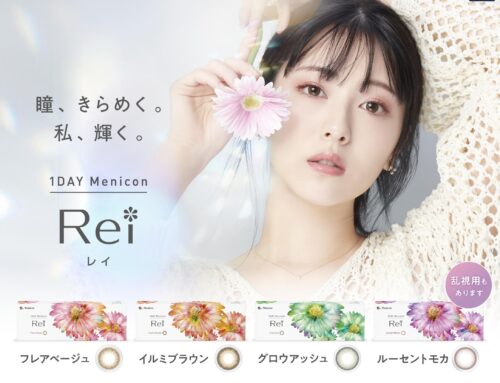Kofu City Surveys 94 Jewelry-related Companies
Survey on the Current State and Future Prospects of the Jewelry Industry
Kofu City in Yamanashi Prefecture boasts a long history and tradition as one of Japan’s leading jewelry production centers. The city has long flourished as a center of crystal production, and even today accounts for a large portion of the nation’s jewelry-related product shipments.
In recent years, however, the city has been facing a difficult situation due to the shrinking domestic market and the influx of inexpensive products from overseas.
Therefore, Kofu City conducted a questionnaire survey of businesses in the jewelry industry in Yamanashi Prefecture to find out the current situation, challenges, and future prospects.
The survey was conducted via the Internet and fax, and 94 businesses responded. The questionnaire covered a wide range of topics, including business attributes (nature of business, affiliations, years in business, organizational structure, number of employees, age of management, and sales), strengths, challenges, issues facing the jewelry industry, and what the jewelry industry should do to address these issues.
The results of the responses indicate that the jewelry industry’s common issues include a lack of human resources, lack of successors, difficulty in understanding consumer needs, development of sales channels, and lagging use of IT.
Unshakable Foundation: Long History and Customer Focus
The survey revealed that approximately 40% (38 companies) of the responding firms have a history of more than 50 years. This indicates that the jewelry industry in Kofu City has a solid foundation backed by a long history and tradition.
As corporate strengths (multiple responses allowed), “high quality” (53 companies) and “good customer service” (36 companies) stand out in particular. In the jewelry industry, where expensive products are handled, high-quality products and courteous customer service are essential to winning and maintaining customer trust.
In addition, the jewelry industry in Kofu is supported by its world-class manufacturing technology (36 employees). The fusion of the latest technology with the skills of masters cultivated over many years produces world-class jewelry of the highest quality.
Overcoming Challenges Opens the Way to the Future: Human Resource Shortage and Industry Structural Reforms
While many companies are performing well, the age range of managers is high, with the largest number of managers in their 50s (33), followed by those in their 60s (24) and 70s (17). While the large number of veteran managers with many years of experience and knowledge contributes to the stability of the industry, it also poses the serious problem of a lack of successors. For the continuation and development of the business, smooth business succession and the training of young managers are urgent tasks.
Many business owners view the “shortage of human resources and successors” as a problem, and it is a serious issue that is recognized throughout the industry. The increase in the number of retirees due to the aging of the workforce, young people leaving the industry, and the lack of an attractive work environment are all possible reasons for this.
Companies are looking to strengthen “market development and sales channel development” in order to achieve further growth. This suggests a growing need to attract new customer segments and expand sales opportunities against the backdrop of a shrinking domestic market and intensifying competition.
Another structural problem facing the jewelry industry is that it is “susceptible to the strong yen’s depreciation” (39 respondents). Since the jewelry industry relies on imports of raw materials from overseas, it faces structural issues that are greatly affected by exchange rate fluctuations.
Fusing Tradition and Innovation: Pathways to a Sustainable Future
The most important factor in paving the way for the future of the jewelry industry is to resolve the shortage of human resources. It is necessary to create a rewarding work environment where young people are attracted to work in the jewelry industry and want to entrust their future to the industry.
Specifically, this may include improving wages, working hours, and other benefits, enhancing training programs to support the acquisition of skills, and making work styles more flexible. It is also important to actively promote the attractiveness of the jewelry industry and improve the image of the industry as a whole.
In particular, it is essential to train young craftspeople in order to pass on Japan’s world-class manufacturing technology capabilities. In addition to mastering traditional techniques, the industry must also actively introduce the latest technologies to create a more attractive work environment and attract the younger generation.
The jewelry industry’s strength lies in the traditions and technologies it has developed over the years and the trust it has earned from its customers. And world-class manufacturing technology is an important element that supports this strength.
However, with the changing times, the industry is also facing new challenges, such as a shortage of human resources and changing market conditions. For the jewelry industry to continue to shine in the future, it is necessary to actively promote innovation while preserving tradition. The industry must create a sustainable future through multifaceted efforts to secure and train human resources, develop new markets, and create a business model that responds to the changing times.



